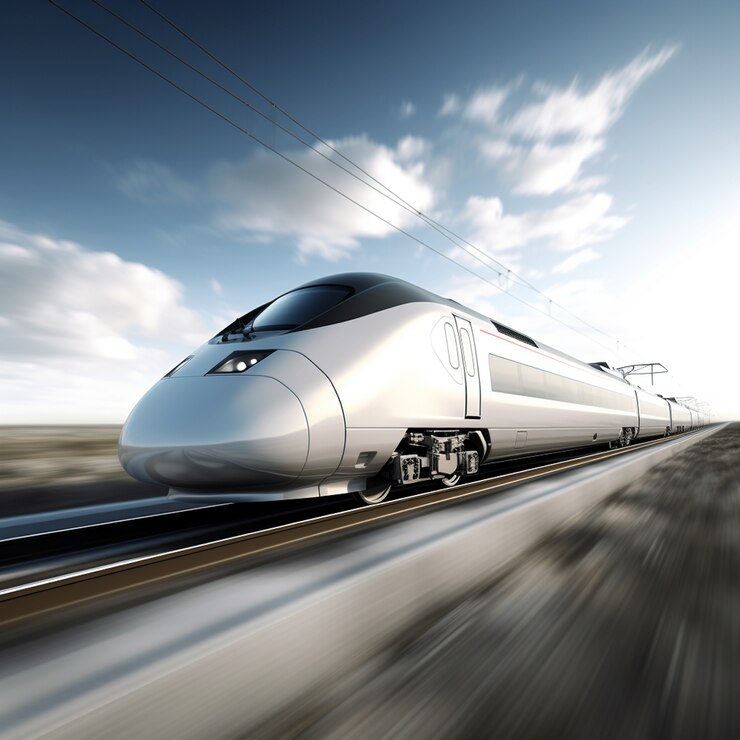🚄 What Is the Best Way to Travel Around Europe?
Europe is a dream destination for many — full of rich history, stunning landscapes, and mouthwatering cuisine. But figuring out how to get around can be just as important as choosing where to go. Whether you’re hopping between cities or seeking hidden gems, here’s how to make the most of your European journey.
🚆 Trains: The Heartbeat of European Travel
For most travelers, train travel is the gold standard in Europe — and for good reason.
Why Trains Work:
- Scenic routes: Switzerland’s Bernina Express takes you over 7,000 feet above sea level, with postcard-worthy views at every turn.
- Comfort & convenience: Trains are roomy, quiet, and drop you right in city centers — no baggage claim, no traffic.
- No customs (within Schengen): Traveling between most EU countries is seamless, with no passport checks or border delays.
Tip: Eurail/Interrail Passes
If you’re planning to visit multiple countries, a Eurail (for non-Europeans) or Interrail (for Europeans) pass can save both money and time. These passes cover most national train networks and often include perks like museum discounts or free ferry rides.
✈️ Flights: Best for Long Distances
For cross-continent jumps or time-sensitive itineraries, budget airlines like Ryanair, EasyJet, and Vueling are hard to beat.
Pros:
- Cheap if booked early: $30 flights from Paris to Barcelona are possible.
- Fast: Get from London to Rome in a couple of hours.
Cons:
- Strict baggage rules: Expect extra fees for luggage.
- Airports are far from city centers: Factor in time and transport costs.
Tip: Always compare flight time + airport transfer against a train option. A 6-hour train might beat a 1.5-hour flight once you count security, transfers, and delays.
🚗 Driving: Ideal for the Countryside & Scenic Detours
If you’re heading into rural France, Tuscany, or the Balkans, renting a car might be your best bet.
Great for:
- Flexibility: Stop whenever you see a castle, vineyard, or beach you like.
- Hidden gems: Explore towns without train access.
Caution:
- Parking and tolls can add up
- Stick shift is the norm: Automatics are rare and more expensive.
- City driving = stress: Narrow streets, confusing rules, and lots of traffic.
🚍 Buses: Budget-Friendly but Slower
Companies like FlixBus and BlaBlaBus offer cheap intercity connections.
Pros:
- Super cheap: Often half the price of trains.
- Great for backpackers and travelers on a tight budget.
Cons:
- Longer travel times
- Less scenic than trains
🏘️ City-to-City Tips Based on Real Itineraries
Here’s how seasoned travelers make the most of their routes:
Itinerary #1: The Scenic Route
- London → Paris (Eurostar)
- Paris → Zurich (High-speed train)
- Zurich → Milan via Bernina Express: A bucket-list-worthy ride through the Alps
- Milan → Venice (2.5 hrs by train)
- Optional: Stop in Verona for lunch!
Itinerary #2: Food, Wine, and Culture
- 3 days in Paris
- 1–2 days in Burgundy for wine & countryside
- 3 days in Bordeaux (don’t miss Saint-Émilion!)
- 2–3 days along the French Riviera
- End in Barcelona via high-speed rail
Itinerary #3: Eastern Gems
- Budapest → Vienna → Salzburg → Munich
- Continue down to Innsbruck or Lucerne for Alpine vibes
- End in Northern Italy
✨ Final Thoughts: Less Is More
A common mistake is trying to see everything in one trip. Instead:
- Limit yourself to 3–4 regions or countries
- Stay at least 2 nights in each place
- Book near train stations to save transit time
- Use local transport cards for metros, buses, and trams
Bonus Tips from Real Travelers:
- “Buy transit passes in Switzerland” — pricey individual rides, but day passes or Swiss Rail Passes are game-changers.
- “Avoid touristy restaurants in Venice and Paris” — local spots are cheaper and more authentic.
- “Stick to the bakery and supermarket for breakfast or snacks” — saves money without sacrificing taste.
- “Travel mid-morning” — gives you time to enjoy breakfast and avoids rush hour.
- “Watch out for pickpockets” — especially in Paris, Rome, and Barcelona. Wear a money belt or anti-theft backpack.
❤️ The Best Way? A Blend
There’s no one-size-fits-all. The best way to travel around Europe is a mix — scenic trains for the Alps, planes for longer hops, buses or cars for off-the-path adventures.
Whatever your path, Europe rewards curiosity and flexibility. Slow down, sip the wine, ride the rails — and enjoy every moment.


2 Comments
This piece doesn’t just inform; it evokes a feeling that stays with you, a quiet resonance.
Thanks for the thumbs up.